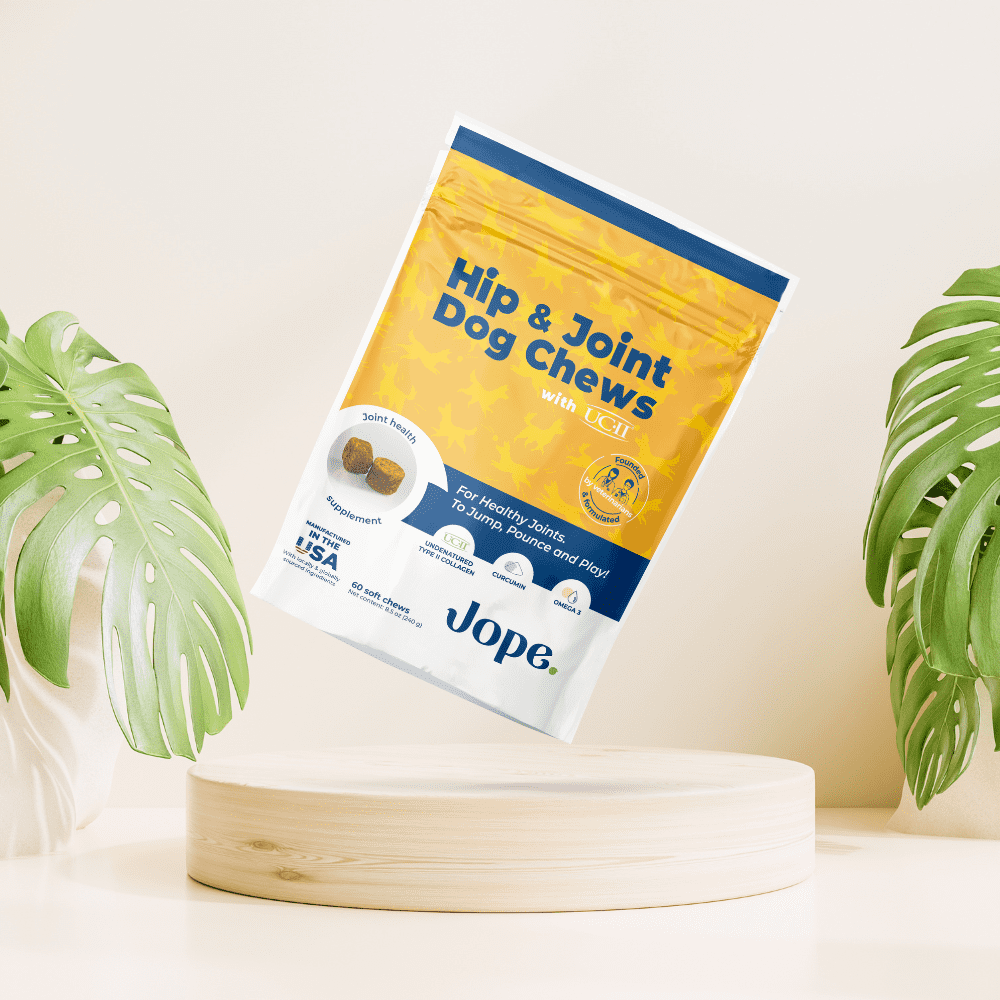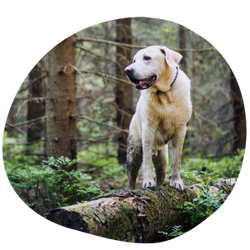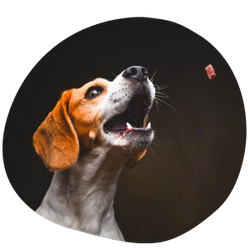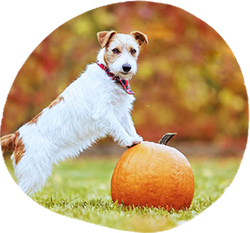No Products in the Cart
Newfoundland Dog Breeds - History, Traits, and Care

The Newfoundland dog, or “Newfie,” stands out for its huge strength, warm personality, and top-notch swimming skills. Newfoundlands are outgoing, smart, upbeat, and well-mannered. While we’re not sure where Newfoundland dogs come from, many think they’re a mix of big European breeds and local dogs from Newfoundland, Canada. This might include Portuguese Water Dogs and Mastiffs that explorers and settlers brought to the island.
Newfoundland History and Origin
The Newfoundland dog hails from the beautiful island of Newfoundland in Canada. Their origin dates back to close associations with marine life. These dogs were bred by the native people and settlers coming into Europe.
Local fishermen found them very necessary. The dogs would use their tremendous power and excellent swimming abilities to pull nets, grab tools, and rescue people from danger. Such a muscular body and heavy, water-proof coat make them suitable for cold places and work with water. Historically, Newfoundlands were integral to lifeguard stations and were recognized for their ability to swiftly assist individuals in distress at sea.
People started to love Newfoundlands for their faithfulness and kind nature. This led to their nickname “gentle giants.” Their cool mood around kids made them much-loved family pets. As time passed, their many uses and grand looks won over dog fans all over the world. This led to their roles in books and movies. The 'Landseer Newfoundland' emerged in the early 1800s following paintings by Sir Edwin Landseer, highlighting the breed's color variations.
These days, people appreciate Newfoundlanders for more than just their impressive skills as working dogs. Their loving personality also wins hearts. The lasting impact of these dogs throughout history shows how deep the connection can be between people and their four-legged friends. This makes the Newfoundland breed one-of-a-kind and much-loved.

Newfoundland dog breed Characteristics.
Size and Weight:
Males: At the withers 28 to 30 inches Weight 130 to 150 pounds
Females: At the withers 26 to 28 inches Weight 100 to 120 pounds
Coat Color and Texture:
Newfie has two-layer thick, water-resistant double coats, mainly black, brown, solid black, Landseer (white with black markings) & grey Newf. Coats are dense and slightly oily, making them warm and dry even in the coldest climates.

Other body Features:
-
A broad and massive head with a soft expression
-
Webbed feet for strong swimming capabilities
-
Large and muscular frame with a deep chest
-
Thick, water-repellent coat
-
Straight back and powerful hindquarters.
Temperament of the Gentle Giant Newfoundland Dogs
Some general behavior traits:
Newfie are known to be calm, patient, and affectionate breeds. They get along well with kids and other animals, hence ideal family pets. Despite their huge size, they aren't overly active. They like their space and lots of kisses and cuddles from their human family.
Interaction with Family:
Newfie is known for being good with families, especially young children. They appear to be very patient and understanding. Newfoundland dogs easily bond with their family members and, by nature, guard them without seeming aggressive. They are often termed "nanny dogs" because they tend to guard children, making them excellent for families to keep as pets.
Interaction with Strangers and Other Pets
Newfies are relatively friendly towards other dogs and strangers, but a bit chary and suspicious. Socialization is established early on to make them comfortable with new people and animals. Often, they get along well with the other pets, except in the case of larger-sized dogs, which may sometimes overwhelm smaller animals.

Common Temperament Issues and Solutions
Stubbornness: Newfies are intelligent but can be a bit stiff at times. You need to train them and that requires the touch of positive reinforcement.
Drooling and Grooming: Drool pans around your home may become necessary for a dog with a drooping bubble inside and out, leaving plenty of hair all over the house to be cleaned up. For your handling of these canine characteristics, you the owner would need to groom them and tend to them.
Separation Anxiety: These loving giants get pretty close to their dog owners, and families and these puppies might experience separation anxiety when left without their person or company for long periods.
Newfoundland Dog Health and Lifespan
A Newfoundland dog breed is a large breed of working dog with an average life span of about 8 to 10 years. These dogs, due to their enormous size though, may be more vulnerable to certain health conditions than other medium-sized breeds of working dogs and can be taken care of with proper veterinarian care and a good lifestyle.

Common Health Issues:
Hip Dysplasia: This is a disease in which the hip joint fails to form correctly. A loose hip joint is primarily caused by genetics, meaning it is inherited. However, it can be worsened by various external factors such as diet, the impact on the joints from physical activity, growth rate, and other environmental influences. These factors can contribute to the development of degenerative joint disease and osteoarthritis, which lead to symptoms like pain, limping, and difficulty getting up.
Elbow dysplasia: This is a developmental anomaly of the elbow joint - the same idea than hip dysplasia. In general, genetics, abnormal or rapid growth, nutrition, and trauma all play roles in this. The condition might also cause pain, lameness, limping, and arthritis like hip dysplasia. Depending on the degree, elbow dysplasia requires different treatment, but surgical intervention is one of them.


DCM - Dilated cardiomyopathy. Dilated cardiomyopathy (DCM) is a disease in which the left ventricle (major pumping chamber of the heart) grows and the wall becomes thinned and weakened. This condition tends to worsen over time. The symptoms may come on suddenly or gradually, and it can result in congestive heart failure. DCM is serious and necessitates special care. It's a frequent disease in Great Dane or German Shepherd.
Osteosarcoma: It's an aggressive dangerous bone cancer that frequently happens to Newfoundlands and other large dogs. It is the most common bone tumour in dogs and occurs in bigger breeds such as Newfies., the first sign you are likely to see is a limping dog or difficulty while walking. A vet on suspicion uses X-rays to figure out if it is osteosarcoma. In treatment, vets use chemo, take away the affected limb, and administer medicine that will help with pain.
Cystinuria: An inherited condition that may cause the formation of kidney stones and other obstructions within the urinary tract.

Newfoundland Dogs Care and Requirements
Nutritional Requirements:
Newfoundlands must have a good, well-rounded diet rich in protein, healthy fats, and all other critical nutrients. They are prone to joint issues as well as heart issues. Proper supplements for the joints and an omega-3-rich diet, especially EPA & DHA, can make a difference in a happy life.
High in Protein: Select a product where the first ingredient is meat. This will allow them to support their big, muscular brawny body, and muscle mass through life and to provide them with enough energy to continue lively activities and dog sports.
Healthy Fats: Omega-3 Fatty Acids are toward the top of the list of health-enhancing ingredients for your dog's skin, coat, and joint health. Look for products that have the enrichment from fish oil or flaxseed oil.
Joint supplements:
As your Dog gets bigger, their joint requires more attention to ensure it is healthy enough. Although glucosamine and chondroitin are widely used, recent studies have shown they are no more effective than a placebo for your Newfoundland joint health. Additionally, there are very few relevant studies on MSM.
However, newer ingredients like UC-II® collagen, EPA and DHA (the good Omega-3 fatty acids for joint health), and Curcumin from Turmeric, or CBD, have shown excellent results in studies.


Always check with your vet while adding supplements to your dog's diet.
Grooming and Maintenance
Brushing: They have a thick coat that sheds, also you will need to brush them at least twice in 2 weeks.
Bath: Bathe them when needed, and make sure you dry them so as not to end up with some kind of skin disease.
Ear Cleaning: Clean their ears weekly to prevent ear infections.
Nail Trimming: You should clip your dog's nails regularly, to ensure that they never reach the point of becoming sharp again.
Training and Obedience Tips
Positive reinforcement: Choosing calm, gentle methods of teaching and training are best when dealing with Newfies because they respond well to praise and treats. As rewards, offer them playtime, treats, and praise. This improves your bond with them and encourages good behavior.
Early Socialization: Socialize your Newfie with many people, animals, and various environments. The earlier, the better. As they get older, your Newfie will be a well-rounded, confident adult dog who will adapt to situations quickly.
Setting clear standards: Setting clear rules and sticking to routine sets standards for your dog. It breeds trust and understanding between you the owner and your Newfie.
Exercise Requirements
Although Newfoundlanders are relaxed by nature, they still need to exercise. Here’s how to keep them moving
Daily Walking Routine: It is recommended to walk for at least 30 to 60 minutes each day. Seeing the sights and smells of the city helps them to engage their minds in addition to gaining much-needed physical activity.
Swimming: Newfies are born to swim. Those webbed feet and muscular bodies don’t lend themselves to anything else! Swimming three to four times a week is a great fun activity and an excellent low-impact exercise for keeping those wonderful joints of your Newfie in really good shape!
Fun facts- Their renowned water rescue abilities, highlighted by their exceptional swimming skills and physical attributes such as webbed feet and large lung capacity, make them natural lifesavers in water rescue situations.
Mental Stimulation: Keep the puzzle toys in front of them and engage them in play. Exercises or games like fetching will keep your Newfie engaged and in a state of mental alertness, remember a stimulated dog is a happy dog!
Living Environment for Newfoundland Dogs
Newfoundlands are adaptable. Still, they enjoy living in environments that serve their needs well:
If you can picture a Newfoundland, you might think of a Saint Bernard, which is even larger. This comparison highlights the Newfoundland's impressive size and gentle temperament.
House: An ideally spacious yard at home; this gives them enough space for playtime, exploration, and rest with the family. They love being outdoors. Still, they must be allowed to come inside frequently for socialization.
Apartments: They can easily adapt to living in an apartment but still need enough time outdoors to play and exercise. A key part of their health includes frequent outings from the house.
Climate Considerations: Newfoundlands have thick, heavy coats so they require cool climatic conditions. Provide them with cool water and shade if the climate gets too hot so that they do not suffer from heatstroke.

Rescue and Adoption of Newfoundland Dogs
If you’re considering bringing a Newfoundlander into your family, adopting from a rescue organization or a reputable breeder is a wonderful option. Many Newfoundlands end up in shelters or rescue groups due to irresponsible breeding, neglect, or abandonment. By adopting a Newfoundland, you’re not only giving a loving home to a dog in need but also opening up space in a shelter or rescue group for another dog to be saved.
The Newfoundland Club of America has a dedicated rescue program that helps rehome Newfoundlands in need. You can also search for local rescue groups or breed-specific rescues in your area. Some popular Newfoundland rescue organizations include Newf Rescue, Newfoundland Rescue Network, and Big Dogs Huge Paws Rescue.
When adopting a Newfoundland, it’s crucial to research the organization or breeder thoroughly to ensure you’re working with a reputable and responsible group. Newfoundlands are often adopted by families with children due to their gentle giant nature and sweet temperament. However, it’s essential to remember that Newfoundlands are large breed dogs and require regular exercise, training, and attention.
Before adopting, consider the following:
-
Age, Size, and Weight: Understand the dog’s current size and potential growth.
-
Health Clearances and Medical History: Ensure the dog has been checked for common health issues.
-
Temperament and Personality: Get to know the dog’s behavior and how it interacts with people and other pets.
-
Training and Socialization: Find out if the dog has been trained and socialized.
-
Energy Level and Exercise Needs: Be prepared to meet the dog’s physical activity requirements.
-
Grooming Needs and Coat Type: Understand the grooming requirements to keep the dog healthy and comfortable.
Adopting a Newfoundland can be a rewarding experience, as you’ll be gaining a loyal companion with a gentle and loving personality. Make sure you have the space, time, and resources to provide the necessary care and attention. By adopting a Newfoundland, you’ll be giving a dog in need a second chance at a happy life and gaining a devoted family member for years to come.
Is a Newfoundland a Good Family Dog?
People often call Newfoundlands “gentle giants” as everyone knows them for being super gentle. A Newfoundland’s kind attitude and gentle demeanor around children and small pets make him an excellent family pet. The Newfoundland breed inspired the character Nana in J.M. Barrie's 'Peter Pan,' emphasizing their affectionate and protective nature.
They get along quite well with children and other pets as well. Nevertheless, kids should always be watched closely when they are playing with pets, especially Newfies, just like with any other dog. Also, gentle giant protects their loved ones without getting aggressive, and their loyalty means they always keep an eye out for the safety of the family.
Conclusion
In this regard, the Newfoundland dog breed is not just a companion; it is a family-loving member breed that defines strength, loyalty, and gentle spirits. It is a special breed made for families, but the love-making nature does earn them the title of "gentle giants".
Just in case you decide to bring a Newfoundland home, you should know that the proper environment, nutritious food, and love help you achieve the miracle of these unique breeds being an unreplaceable part of your life.
However, as with most large breeds, joint health needs to be taken care of specifically. With good quality joint supplements and a diet with omega-3 fatty acids, you can be assured of your Newfie maintaining an active lifestyle and keeping joint pain and soreness from happening.
Whether you are bringing home a new breed of Newfie or already blessed with one, The health and well-being of your Newfie are crucial if you want to enjoy a long and fulfilling relationship with them.


Author: Dr. Jeremy
Doctor of Veterinary Medicine (DVM), MS








Leave a comment